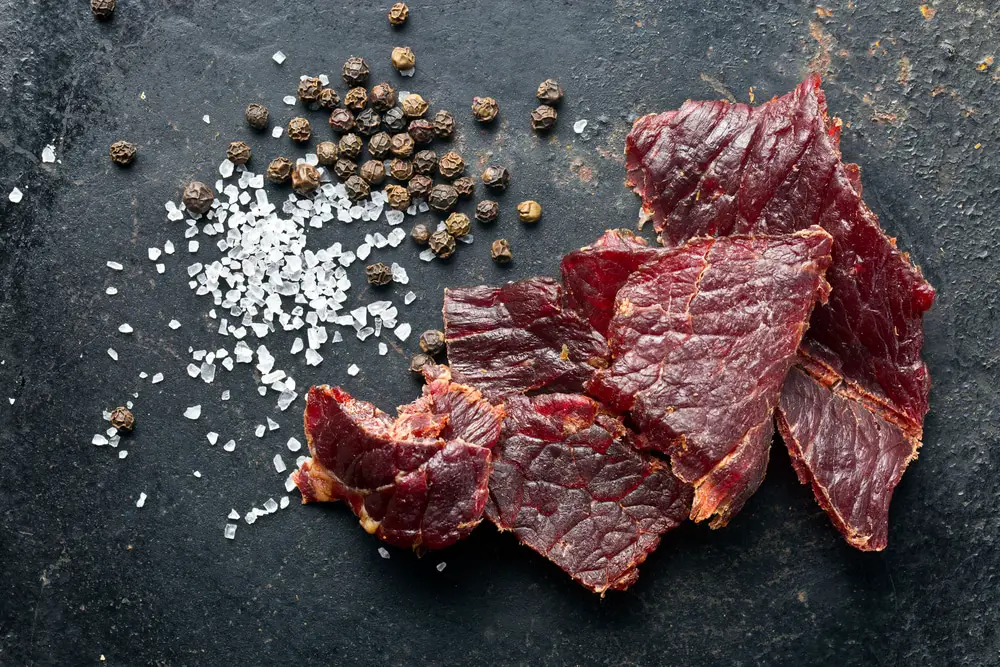Puerto Rican arepas, distinct from their South American counterparts, are a delightful and versatile dish that showcases the island’s rich culinary heritage. Unlike the corn-based arepas from Colombia and Venezuela, Puerto Rican arepas are made from wheat flour and are often stuffed with a variety of fillings, making them a popular snack or breakfast item. This article will guide you through the traditional recipe for making Puerto Rican arepas, offering tips and variations to explore this delicious aspect of Puerto Rican cuisine.
Ingredients:
2 cups of all-purpose flour
2 teaspoons of baking powder
1/2 teaspoon of salt
2 tablespoons of sugar (optional, for a slightly sweet version)
2 tablespoons of butter, melted
3/4 cup of water or milk, adjust as needed for dough consistency
Oil for frying
Fillings of your choice (ham, cheese, cooked meats, or seafood)
Instructions:
Prepare the Dough:
In a large bowl, mix together the flour, baking powder, salt, and sugar (if using).
Add the melted butter and gradually incorporate the water or milk, mixing until a soft dough forms. You might need more or less liquid; the goal is to achieve a pliable and non-sticky dough.
Form the Arepas:
Divide the dough into equal portions, depending on the desired size of your arepas. Typically, this recipe yields about 8 medium-sized arepas.
On a lightly floured surface, roll each portion into a ball and then flatten into a disk about 1/2 inch thick.
If adding fillings, place a small amount in the center of the disk before sealing and flattening.
Cook the Arepas:
Heat a good amount of oil in a frying pan over medium heat. The oil should be about 1/2 inch deep to allow for shallow frying.
Carefully place the arepas in the hot oil and fry until golden brown on both sides, about 2-3 minutes per side.
Remove the arepas from the oil and place them on a plate lined with paper towels to drain any excess oil.
Serve:
Serve the arepas warm, either plain or cut open to add more fillings. They are incredibly versatile and can be filled with virtually anything, from traditional ham and cheese to more elaborate fillings like shredded beef, chicken, or seafood.
Tips and Variations:
Dough Consistency: The key to perfect arepas is in the dough. It should be soft and pliable but not sticky. Adjust the liquid as necessary to achieve the right consistency.
Fillings: Experiment with different fillings to suit your taste. Traditional Puerto Rican fillings include ham and cheese, but feel free to get creative with what you have on hand.
Serving Suggestions: Arepas can be served at any time of the day. They make an excellent breakfast item when filled with scrambled eggs and cheese or a satisfying lunch with heartier fillings.
Puerto Rican arepas are more than just a meal; they are a reflection of the island’s culinary diversity and cultural richness. This simple yet delicious dish offers endless possibilities for customization, making it a favorite among both locals and visitors. Whether you stick to traditional fillings or experiment with your own combinations, making Puerto Rican arepas is a delightful way to bring a taste of the Caribbean into your kitchen.
Healthy and Vegetarian Options:
For those looking to make a healthier version or accommodate dietary restrictions, Puerto Rican arepas offer flexibility. You can substitute all-purpose flour with whole wheat flour to add fiber to your meal. Additionally, plant-based milk and vegan butter are excellent substitutes for dairy products, making the recipe vegan-friendly.
Vegetarian fillings like sautéed vegetables, beans, and vegan cheese also work beautifully with the savory dough, ensuring that everyone can enjoy this traditional dish regardless of dietary preferences.
Making Ahead and Storage:
Puerto Rican arepas are best enjoyed fresh, but you can also prepare them in advance. Cooked arepas can be stored in the refrigerator for up to three days or frozen for longer storage. To reheat, simply warm them in a skillet over medium heat or in an oven until they are thoroughly heated and regain their original texture.
Cultural Significance:
Arepas in Puerto Rico are more than just a culinary delight; they represent the blending of indigenous, African, and Spanish influences that have shaped the island’s culture and food traditions. Often served during family gatherings and festive occasions, arepas are a symbol of hospitality and the simple joys of sharing a meal with loved ones.
Experimenting with Flavors:
As you become more comfortable making Puerto Rican arepas, don’t hesitate to experiment with flavors in the dough itself. Adding herbs, spices, or even a bit of cheese to the dough can create unique variations that complement your chosen fillings. For a sweet twist, incorporating a bit of cinnamon and sugar into the dough serves as a delightful base for fruit-based fillings or sweetened cream cheese.
Pairing with Sauces:
No arepa is complete without a good sauce. Puerto Rican cuisine offers a variety of sauces that can enhance the flavor of your arepas. From the garlicky kick of “mojo” to the tangy sweetness of “pique” (Puerto Rican hot sauce), having a selection of sauces on the side allows everyone to customize their arepa to their liking.
Puerto Rican arepas are a testament to the island’s rich culinary tradition, offering a simple yet versatile canvas for a wide range of flavors and fillings. Whether you’re making a quick breakfast, a hearty lunch, or a light dinner, arepas can be adapted to fit any meal and preference. By embracing the traditional methods and experimenting with your own twists, you can enjoy a piece of Puerto Rican culture right from your kitchen. So gather your ingredients, get creative, and start cooking up some delicious arepas today!


















